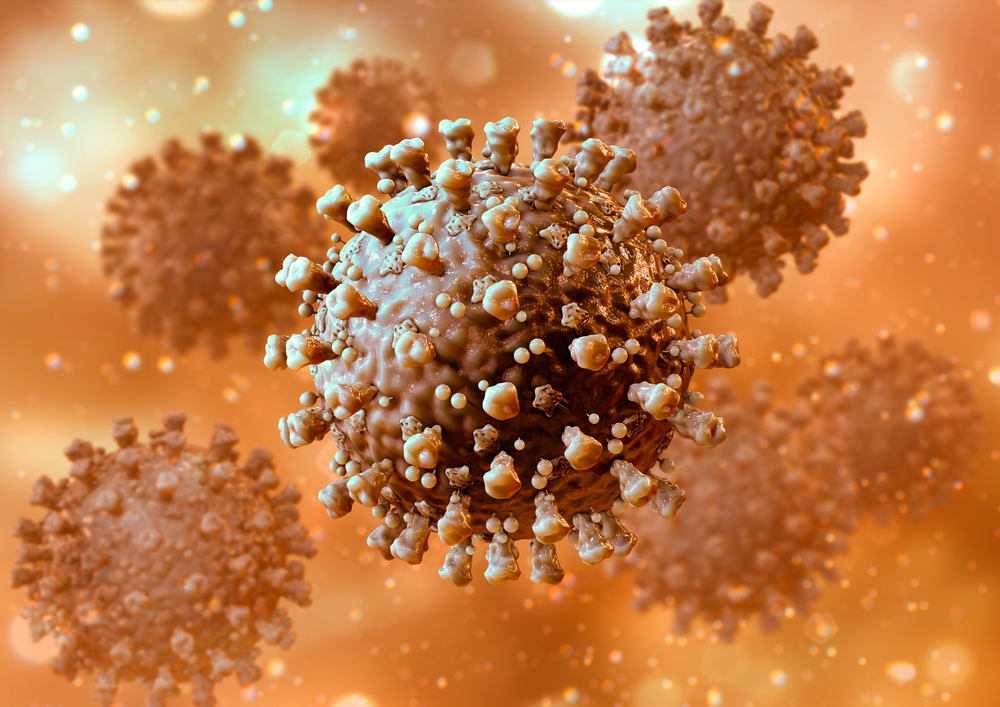Vietnam develops an ASF vaccine. What is the context?
Over the last few months, various Vietnamese media have reported that the country is working on a vaccine against African Swine Fever (ASF). When digging deeper to understand the context, it is clear that research is going on at many places – but most is happening behind the scenes.
First things first: what do by various media in Vietnam report? The Vietnam Times for instance reported mid-January that the Vietnamese Department of Animal Health (DAH) and the Navetco National Veterinary Joint Stock Company conducted an ASF vaccine test on production pigs.
The vaccine trial was carried out on 25 pigs according to the news article and the experimental results would have been positive. (Another news source, the Vietnam Investment Review, brought the news as well and speaks of 72 pigs.) Allegedly, the DAH and Navetco would be preparing a scientific report about the finding. The news items referred to the USA being the origin of the prototype.
No news for USDA researchers
At the Agricultural Research Service (ARS), part of the US Department of Agriculture (USDA), the news from Vietnam is no surprise. The ARS’ Plum Island Animal Disease Center (PIADC), located in New York state, United States, has paved the scientific way for that prototype – a result of years of work. In December 2019, after years of development the USDA team announced to have found a vaccine that could create sterile immunity against ASFv. Pig Progress reported about that publication in December 2019.
The USDA vaccine was based on a field isolate that was obtained from the country Georgia. In that virus, the gene I177L was deleted, hence the official name of the vaccine candidate was “ASFV-G-ΔI177L”. At the time the vaccine was tested under experimental controlled conditions.
Vietnamese ASF research building on US groundwork
Dr Douglas Gladue at the PIADC was one of the driving forces behind the development of the vaccine prototype, together with Dr Manuel Borca and his team. In correspondence with Pig Progress Dr Gladue said about the Vietnamese finding: “This builds upon our initial study at PIADC and has been repeated with the same results by Navetco.”
Dr Gladue explained that it is common that, as a next step after the initial scientific groundwork, other (commercial) parties step in to make further development, distribution and marketing possible. After all, many further things will have to be figured out at that stage – for instance if the vaccine is easy to make, whether or not it will keep its original qualities when produced at a mass scale, whether there will not be genetic changes in the original vaccine strain and if no further side-effects can be noted. Challenge and vaccine efficacy testing has to happen at a very biosafe locations.
Only vaccine licensee to report a status
To make cooperation with other parties possible, the USDA usually sets up transfer and licensing agreements. DAH/Navetco licensed and received the material under a “Material Transfer Research Agreement” (MTRA). The Vietnamese group is one of more licensees, Dr Gladue added.
He said, “The USDA ASFV-G-ΔI177L vaccine has been licensed (or in the final stages of licensing) by several pharmaceutical companies. […] Unfortunately most licensees do not publicly disclose any status on development. Navetco has been the only licensee to report a status. […] Development of the vaccine in Vietnam by Navetco is supported by the USDA.”
Why is a US vaccine tested in Vietnam?
There is a good explanation why there is a big interest for further vaccine development in Vietnam. Obviously the country was hit hard by the virus. According to figures by the UN’s Food and Agriculture Organization (FAO), more than 6 million pigs in all 63 provinces had to be culled due to the virus in the last few years. Although in quite a number of provinces, no recent cases have been reported, the virus is still present in domestic pigs in the country. So the vaccine can have a huge added value.
In other areas of the world, like the European Union or the United States, it remains to be seen if an eventual live attenuated vaccine would be used in practice on a large scale. In those areas there is a strict non-vaccination policy against Classical Swine Fever (CSF – also known as hog cholera), Foot-and-Mouth Disease (FMD) and African Swine Fever. That is to facilitate diagnostics whether an animal was infected or vaccinated. So if a live attenuated vaccine would ever be used in the EU or the US, it would be for emergency cases only.
Commercial production of ASF vaccine
According to the news item in the Vietnam Times, Vietnam could start with commercial production of the vaccine in the 2nd quarter of the year. Vietnam is said to plan to manufacture 4 batches of the vaccine with 10,000 doses each.
Pig Progress
Tags: USDA, Vietnam, Biosecurity, Pig health, ASF, Vaccine




